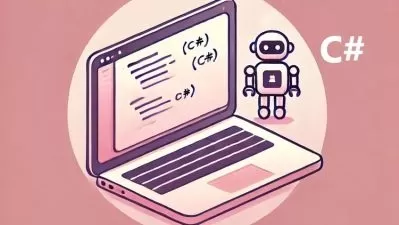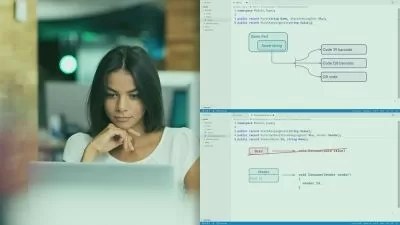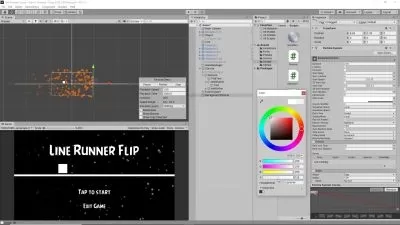Clean Coding Principles in C#
Cory House
3:18:32
Description
Clean code is the art of writing code that humans can understand. Learn how to write C# in a style that's easy to write, read, and maintain. This course is filled with clear comparisons between "dirty" C# code to avoid, and the "clean" C# equivalent.
What You'll Learn?
Clean code is the art of writing code that humans can understand. In this course, Clean Coding Principles in C#, you'll elevate your professionalism and increase your C# code quality by writing with the reader in mind. This course is built upon three core clean coding practices: selecting the right tool for the job, optimizing the signal to noise ratio, and creating self-documenting logic. Throughout this course you'll see clear comparisons between "dirty" C# code to avoid and the "clean" equivalent. You'll explore patterns like arrow code, failing fast, returning early, magnet classes, mayfly variables, techniques for reducing method complexity, and much more. These practices are the foundation for a professional development career and provide developers a clear vocabulary for evaluating code quality.
More details
User Reviews
Rating
Cory House
Instructor's Courses
Pluralsight
View courses Pluralsight- language english
- Training sessions 103
- duration 3:18:32
- level preliminary
- English subtitles has
- Release Date 2023/12/14










